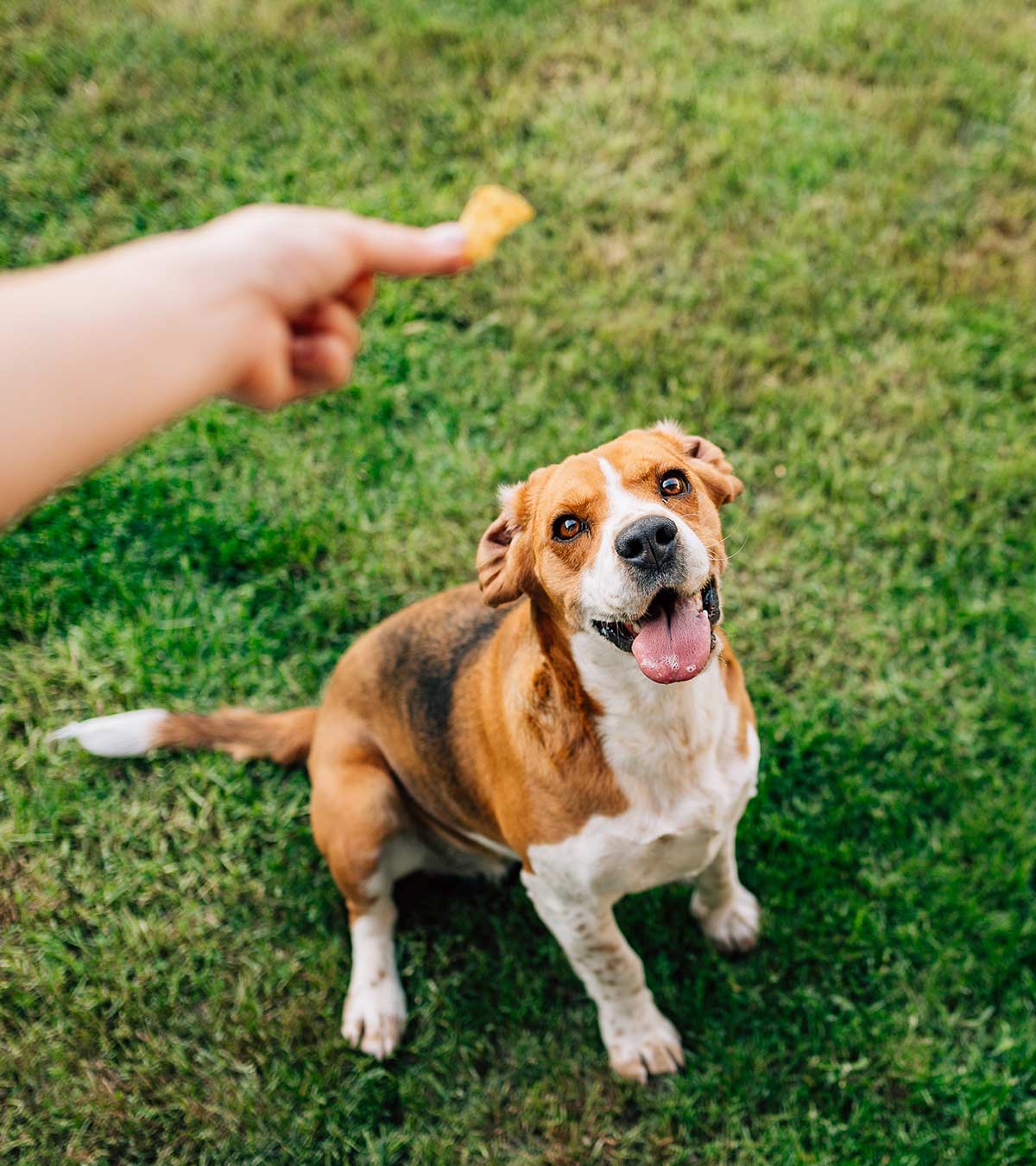


Understanding how this phenomenon motivates canine behavior became the key to understanding how to encourage or discourage a dog’s behavior and is fundamental to effective training. Thorndike called this the “Law of Effect”. He discovered that behaviors producing a desired effect are more likely to be repeated, while behaviors that produce an unpleasant effect aren’t. This associative process, termed “classical conditioning”, became the foundation for our current understanding of animal behavior.Įdward Lee Thorndike (1874-1949) was one of the first to apply a scientific and statistical approach to motivational education and the use of positive reinforcement. The anticipation of the food produced the same effect as the food itself. With repeated trials, he noticed the dogs would salivate in response to the sound, even when the food was not present. In one of his most famous experiments, Pavlov presented a specific sound to his canine subjects just prior to feeding them. He noticed his dog subjects would salivate when presented with food. Clever Hans didn’t win any mathematical scholarships, but he did point out the need for more empirical methods of studying animal behavior.Īround the same time, scientist Ivan Pavlov was studying the canine digestive system. Rather, the horse was reading his handler’s unintentional cues to show he had “solved” the problems. He concluded that although Hans may indeed have been clever, he wasn’t actually counting. Oskar Pfungst, a student at the Psychological Institute of Berlin in 1907, studied the supposedly numerically-gifted equine. Right around the turn of the 20 th century, Clever Hans gained notoriety for solving arithmetic problems. One of the first documented studies of animal behavior involves the story of a horse named Clever Hans. This article will look at the evolution of dog training, and how we’ve become more enlightened when it comes to teaching our canine companions. But an ever-increasing number of trainers are turning to gentle, positive, reward-based training techniques. It wasn’t so long ago that trainers used punishment, intimidation and cruel equipment to train dogs, and sadly, some trainers still use these methods and tools today. From cruelty to kindness - how our approach to dog training has become more enlightened.ĭog training has come a long way in the past few decades.


 0 kommentar(er)
0 kommentar(er)
